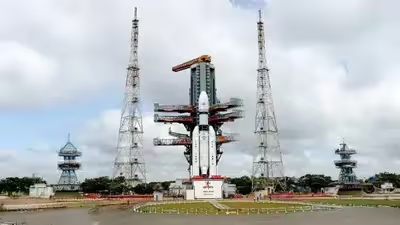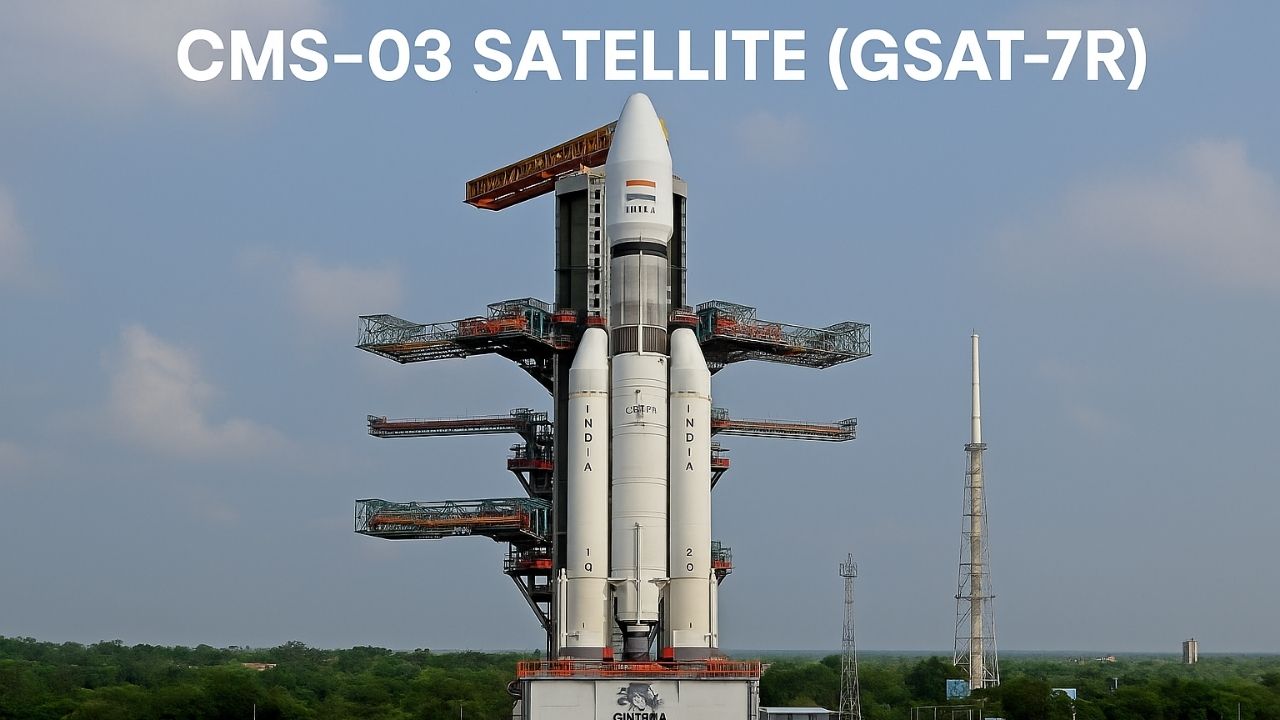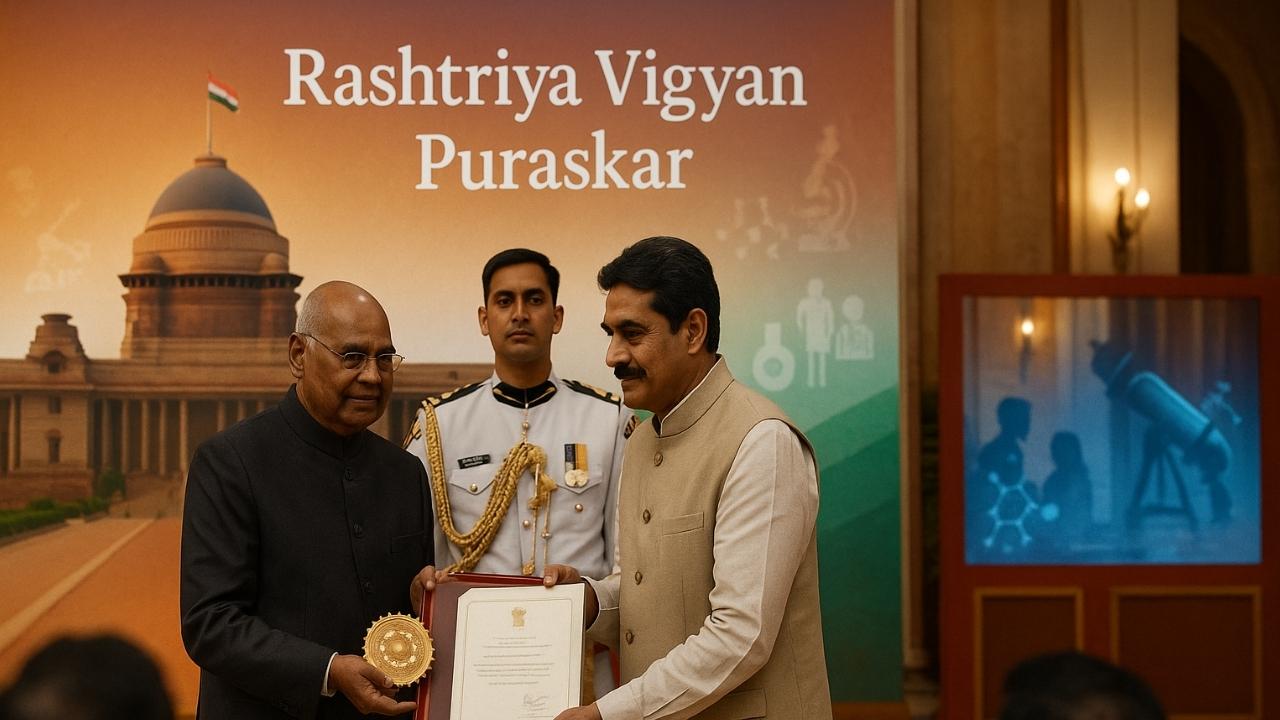The Indian Space Research Organisation (ISRO) is set to launch the CMS-03 communication satellite, also known as GSAT-7R, from the Satish Dhawan Space Centre, Sriharikota.
About CMS-03 Satellite
- The CMS-03 (Communication Satellite-03), or GSAT-7R, is an advanced military communication satellite developed by ISRO.
- It is designed to replace and upgrade earlier GSAT-series satellites used for secure communications by India’s armed forces.
- The satellite will be launched using Launch Vehicle Mark-3 (LVM3) — India’s most powerful operational rocket.

Key Features
- Type: Multi-band communication satellite.
- Weight: Approximately 4,400 kilograms, making it one of ISRO’s heaviest communication satellites.
- Coverage Area: Provides services over a wide oceanic region, including the entire Indian subcontinent and adjoining maritime zones.
- Orbit: To be placed in a Geosynchronous Transfer Orbit (GTO), from where it will move to a geostationary position.
- Purpose: Designed to provide secure, high-bandwidth communication links for civilian, defence, and maritime sectors.
- Enhanced Capabilities:
- Improves bandwidth efficiency and signal clarity.
- Offers real-time data transfer and high-speed connectivity for ships, submarines, and aircraft.
- Strengthens strategic communication among the Indian Navy, Air Force, and Army.
Importance and Objectives
- Strategic Significance:
- Strengthens India’s maritime domain awareness and defence communication infrastructure.
- Supports secure communication links in areas beyond terrestrial network reach.
- Technological Advancement:
- Demonstrates ISRO’s progress in heavy satellite technology and advanced transponder systems.
- Enhances India’s ability to operate independently in communication and surveillance.
What is a Geosynchronous Orbit?
- A geosynchronous orbit (GSO) is a high Earth orbit where a satellite revolves around Earth once every 24 hours — matching Earth’s rotation period.
- It allows the satellite to stay fixed over a specific longitude, ensuring continuous coverage over the same region.
- This orbit type is also called the Clarke Orbit, named after Arthur C. Clarke, who first proposed its use for communications satellites.
Significance for India
- Boosts defence preparedness and strategic communication independence.
- Improves maritime connectivity vital for India’s blue economy and naval operations.
- Reinforces ISRO’s role in national security and space-based infrastructure development.
Conclusion:
The CMS-03 marks a major step in India’s pursuit of self-reliant defence communication systems. It enhances connectivity, security, and strategic reach, especially across the Indian Ocean region.
This topic is available in detail on our main website.





